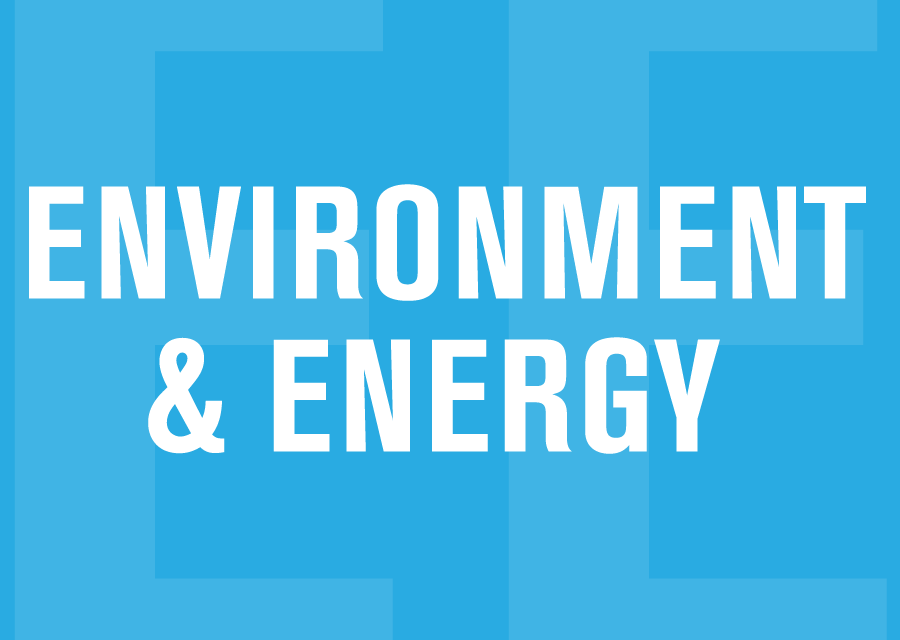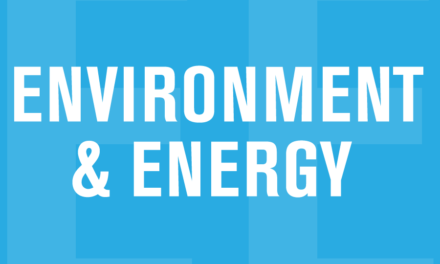In a post on Oct. 9 (Why McNeil’s Liberals should embrace carbon pricing but (likely) won’t) I suggested that fancy footwork would be required from the McNeil government to manoeuvre between the rock of higher gas taxes and the hard place of a fight with the Trudeau Liberals over carbon pricing. Last week’s coal plant two-step with federal Environment Minister Catherine McKenna rated at least a six out of ten on the Machiavelli shrewdness scale. The provincial Liberals mended fences with their much more popular federal counterparts, kicked the issue of higher energy costs past the next provincial election, and made a show of fighting climate change.
The focus of most news reports was the fact that Nova Scotia was given permission to continue with coal-fired power plants beyond the federally-ordered phase out date of 2030. That was the quid for Nova Scotia. The pro quo for the feds was buried deeper in the story – through a cap-and-trade system Nova Scotia would put a price on greenhouse gas (GHG) emissions starting in 2018.
This news of a carbon price came only six weeks after McNeil’s Environment Minister walked out of a federal-provincial meeting to protest Trudeau ‘s carbon pricing plans. That headline-grabbing performance from the minister was followed up with McNeil’s insistence that, to protect rural motorists, his government would never, ever impose a carbon tax. But that was then. Putting aside the subtleties, that’s exactly what McNeil has now agreed to do. A cap and trade system puts a price on carbon as surely as a carbon tax does.
Normally, when politicians execute such a U-turn they are accused of flip-flopping. Not all flip-flopping is bad – see Donald Trump reversing himself on prosecuting Hilary Clinton. It’s the same in this case – McNeil has done the right thing by joining the rest of the country (minus Brad Wall’s Saskatchewan) by agreeing to put a price on carbon.
The local Conservatives tried to exploit the about face with a dose of hyperbole. They put out a press release quoting power rates crusader Archie Stewart from Port Hawkesbury saying “this could be the steepest tax increase in Nova Scotia history.” Not likely. Thanks to initiatives of previous governments and the de-industrialization of Nova Scotia, any impact on consumers and ratepayers from last week’s deal is likely to be minor and far off.
Details lacking
The government has said that unlike Ontario and Quebec, which are implementing carbon pricing through a cap and trade arrangement with California, Nova Scotia plans to go with an in-province program. But other than that, little is known about how a cap and trade system will work. Late last week the Premier put out an op-ed piece that was remarkably short of details. All it said about cap and trade is that it will involve “new caps on GHG emissions for major emitters, while recognizing our early action in the electricity sector and the GHG emissions to come because of the investments Nova Scotians have been making in that sector.”
The cap and trade announcement achieved a political goal of getting the federal and provincial Liberals out of a tight spot created last month by the Prime Minister’s pre-emptive strike on carbon pricing. What’s unclear is the program’s environmental goal. As of 2014 the province had already met the provincial GHG reduction target set out in the 2007 Environmental Goals and Sustainable Prosperity Act – reducing emissions to 10% below 1990 levels by 2020. And as has been pointed out, the province’s 2014 emissions were within a few thousand tonnes of the 2030 national goal of 30% below 2005 levels.
Whether this deal will set new more stringent targets remains to be seen.
Last year, through the New England Governors and Eastern Canadian Premiers (NEG/ECP) organization, Nova Scotia signed on to a regional goal to reduce emissions 35% to 45% below 1990 levels by 2030. If Nova Scotia follows through with a cut of that magnitude – on the way to the 80% cut by 2050 committed to in a recent policy paper – we would need to reduce by 4.5 megatonnes (mt) of emissions over the next 15 years.
Gas tax up?
Over half of that reduction – should it be mandated – would be taken care of through the existing cap on Nova Scotia Power. Achieving the remainder may require a cap and trade system on other major emitters. That’s where things could get dicey for the Liberals, given their aversion to any increase in taxes on gasoline. The problem is, aside from NSP, large industrial emitters are in short supply in Nova Scotia. In 2014, there were just five that met Environment Canada’s 50,000 tonne reporting threshold. Together they emitted only 720,00 tonnes of GHGs. If they all shut down (and let’s hope for the economy’s sake they don’t) there would still be a need for additional reductions.
So unless a painless method can be found to reduce emissions from NSP to below even the existing cap, Nova Scotia might have to follow the lead of Ontario and Quebec. Those provinces’ cap and trade programs include natural gas distributors and petroleum product suppliers, who are required to purchase allowances for GHG emissions produced by their customers, i.e. homeowners, drivers and business operators. The cost of these allowances will be passed on to said customers at an average rate estimated recently by the Ontario government of 4.3 cents on a litre of gasoline and $5 a month on home heating bills.
The Nova Scotia Liberal doomsday scenario – higher gas taxes – could also come into play even if the government fails to embrace the more ambitious NEG/ECP goals. The fly in the ointment would be liquefied natural gas. If both of the already approved LNG plants in the Strait areas go ahead, the province’s annual emissions would increase by 25%, jeopardizing both the 2020 provincial target and the 2030 federal goal.
The odds of these two LNG facilities becoming real are long. But as the province works out the details of cap and trade it will be interesting to see where LNG or other new major emitters would fit in, and how the government squares its promotion of LNG with its aversion to carbon pricing of petroleum products. The process will also be a test of the Liberals’ commitment to cutting GHG emissions.. Will they be content to stand pat on the success of policies introduced by Conservative and NDP governments or will they set new targets and introduce credible policies to achieve them?
-30-






Good explanation for a complex idea that hardly anyone fully understands.